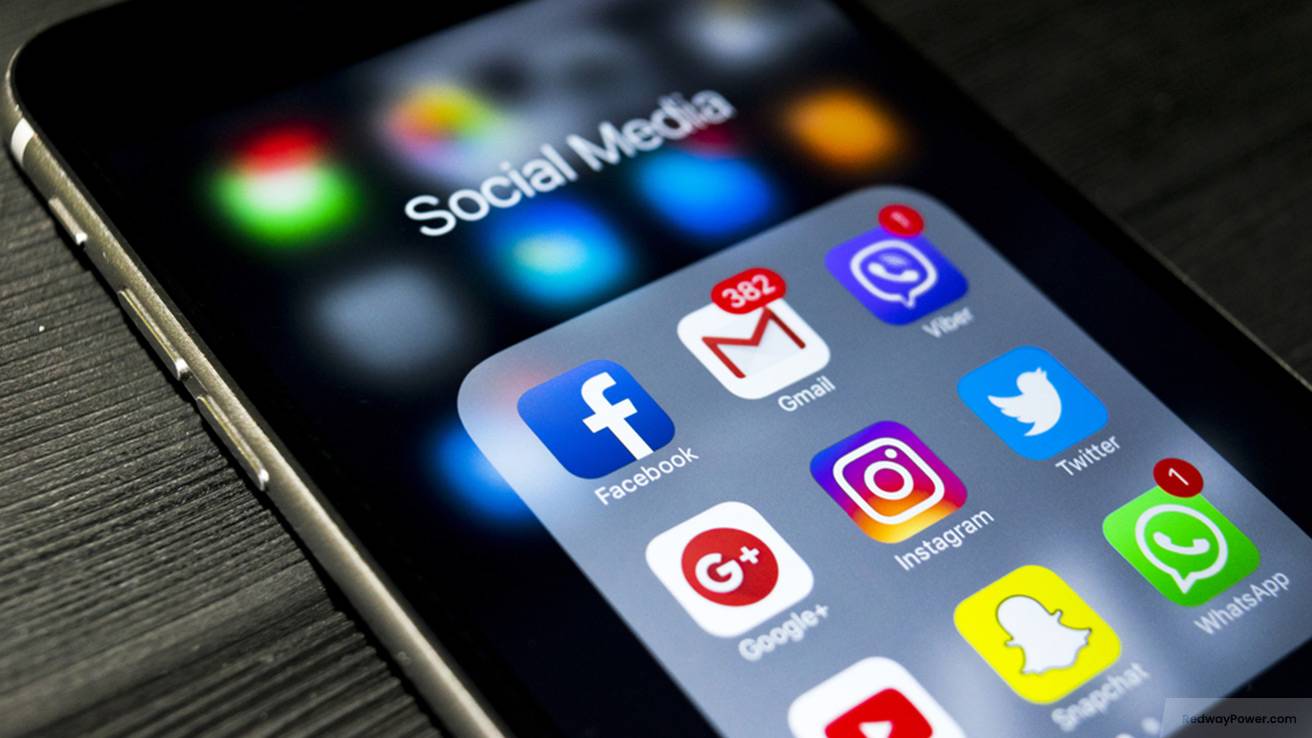Ever feel frustrated with your phone constantly running out of battery? You’re not alone. In this post, we’ll explore why some apps drain your battery faster and share tips on managing it effectively. Let’s delve into the world of mobile app energy consumption!
How apps drain battery life
While apps enhance our daily lives, some notorious ones drain our phone’s battery. Why? Here’s a quick breakdown and practical tips for effective management:
- Background Activity:
- Apps running processes in the background, even when not in use, consume valuable battery power. Close unused apps to prevent unnecessary background activity.
- Poor Optimization:
- Some developers prioritize features over power efficiency, causing constant resource requests. Keep your operating system updated and monitor app permissions to manage this effectively.
- App Types and Features:
- Certain apps, like games or media streaming, demand more power due to extensive processing and display usage. Adjust settings, close unused apps, and explore lightweight alternatives for optimized energy consumption.
Understanding these factors helps users and developers work together for efficient device energy usage while enjoying their favorite apps.
Factors that contribute to high battery usage
Ever wondered why your phone’s battery drains so quickly? Here are key factors contributing to high battery usage, along with brief tips for effective management:
- Background Activity:
- Apps running in the background continuously consume battery power, even when not in use. Closing unused apps can prevent unnecessary energy drain.
- Location Services:
- Constant tracking and updating of your location by apps can significantly impact battery life. Manage location settings for improved efficiency.
- Push Notifications:
- Apps with frequent push notifications demand constant internet connectivity, leading to increased battery usage. Adjust notification settings for better control.
- Display Brightness:
- Higher screen brightness settings consume more power. Adjust brightness based on your needs to conserve battery.
- Data Synchronization:
- Regular data synchronization with cloud servers, especially for multiple accounts, can drain the battery quickly. Optimize synchronization settings for efficiency.
- Resource Intensive Features:
- Features like video streaming or real-time gaming demand significant processing power, contributing to higher energy consumption. Adjust settings or limit usage for better battery life.
- Poor Optimization:
- Inefficient app code or constant polling for updates can strain device resources, leading to excessive battery usage. Choose well-optimized apps for a smoother experience.
Impact on device performance and user experience
Excessive battery usage by apps goes beyond draining the battery; it significantly impacts device performance and user experience. Here’s how:
- Slowdowns and Unresponsiveness:
- High battery consumption puts strain on the device’s processor, leading to system slowdowns and occasional unresponsiveness. Users may experience frustration due to sluggish performance.
- Overheating Issues:
- Apps consuming excessive power in the background can cause the device to overheat, affecting both performance and posing potential risks to the device’s physical integrity.
- Frequent Recharging:
- Heavy battery usage results in more frequent recharging requirements. Users may constantly search for power sources to maintain smooth device operation throughout the day.
- Limited Duration of Use:
- Excessive battery drainage reduces the duration of device use without charging. Users face challenges relying on their devices during travel or in situations where charging options are limited.
- Multitasking Challenges:
- If an app consumes too much power even in foreground mode, users may encounter difficulties multitasking or switching between applications seamlessly.
Managing app battery usage effectively is vital to ensure optimal device performance and enhance overall user satisfaction.
Tips for managing app battery usage
Effectively managing app battery usage is essential for preserving your device’s performance and prolonging battery life. Here are practical tips to help you achieve that:
- Monitor App Usage:
- Keep track of battery usage statistics to identify apps consuming the most power. This awareness enables you to take targeted action against the main culprits.
- Close Unused Apps:
- Develop a habit of closing unnecessary apps running in the background. This simple practice prevents them from draining your device’s battery when not in use.
- Adjust App Settings:
- Explore and modify app settings to minimize their impact on battery life. Disable push notifications or limit background refresh for specific applications to conserve energy.
- Update Apps Regularly:
- Ensure your apps are up-to-date to benefit from optimizations released by developers. Regular updates often include improvements in performance and energy efficiency.
- Limit Location Services:
- Disable location services for non-essential apps, particularly those with continuous GPS use. This step reduces power consumption related to location tracking features.
- Use Dark Mode:
- Activate dark mode where available, especially on devices with OLED screens. Dark mode reduces screen brightness and pixel illumination, contributing to lower power consumption.
- Utilize Battery-Saving Modes Wisely:
- Employ built-in battery-saving modes on your device, adjusting settings automatically or manually to conserve energy, particularly when the battery level is low.
Remember, staying mindful of your app usage and implementing these tips can significantly enhance your device’s overall lifespan and performance! Developers also play a crucial role in this journey by continually optimizing apps for improved energy efficiency.
The role of developers in reducing battery consumption
In the dynamic world of technology, app developers play a pivotal role in addressing battery drain issues. They hold the key to creating efficient and optimized applications that minimize battery consumption while maintaining functionality. Here are strategies developers can adopt:
- Optimize Code:
- Ensure clean and concise code, eliminating unnecessary processes and background activities that may excessively consume power. This optimization contributes to efficient app performance.
- Smart Caching and Network Requests:
- Implement intelligent caching techniques and reduce network requests to minimize battery drain. Smart data handling ensures that apps consume resources judiciously, enhancing energy efficiency.
- Regular Updates and User Feedback:
- Prioritize regular updates for apps, addressing bug fixes and performance improvements that directly impact battery usage. Staying responsive to user feedback helps identify and resolve issues causing high power consumption.
- Effective Use of System APIs:
- Leverage system APIs to gather insights into device resources like CPU usage and network connectivity. By intelligently adjusting app behavior based on this data, developers enhance overall energy efficiency.
- Collaboration with OS Providers:
- Collaborate with operating system providers to identify common issues and develop industry-wide best practices for energy optimization. This partnership ensures a holistic approach to mitigating battery drain.
Balancing functionality and energy efficiency is vital for creating user-friendly apps while preserving device battery life. As consumers increasingly rely on smartphones, understanding how apps impact battery life empowers users to optimize device performance. So, the next time your phone’s battery drains quickly, know that developers are continually working to enhance app efficiency.


